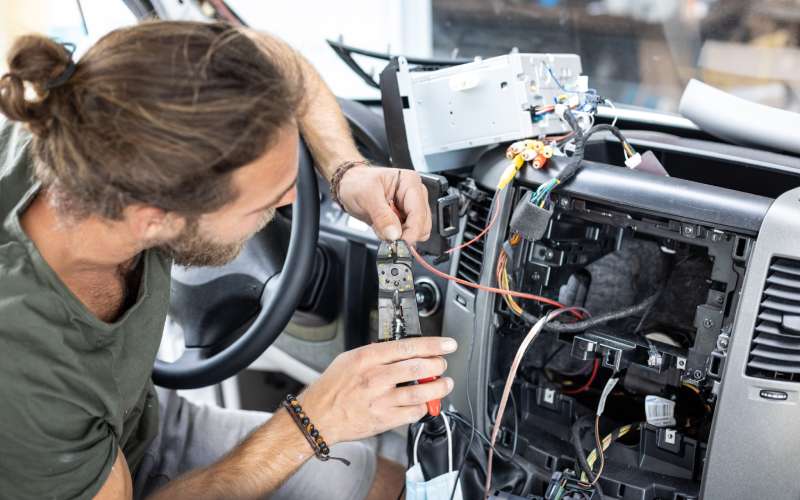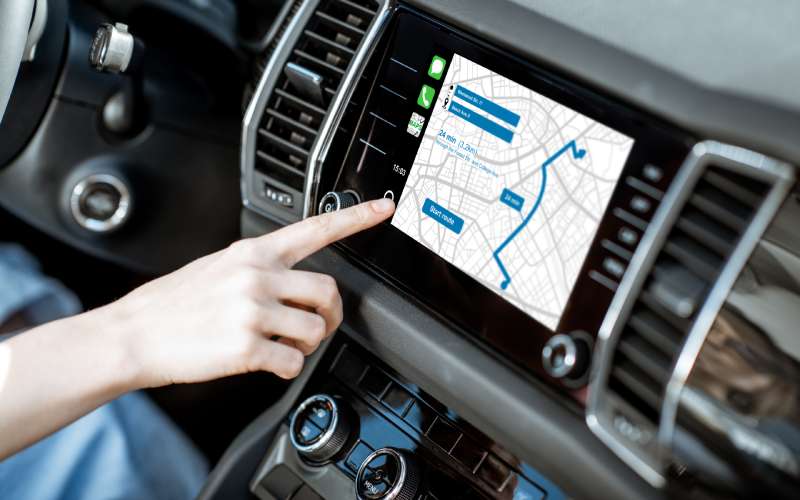Why 9-Cavity Connectors Support Telematics
Why 9-Cavity Connectors Support Telematics

The automotive industry is constantly evolving, and telematics are at the forefront of this transformation. Additionally, 9-cavity connectors play a crucial role in the makeup of these systems. We will explore why 9-cavity connectors support telematics and share some valuable insights that these systems can offer experts in the automotive sector.
Understanding the Importance of Telematics
Telematics integrates telecommunications and informatics, resulting in systems that gather, transmit, and process information remotely. We use telematics in the automotive industry for several important applications, including navigation, vehicle tracking, and emergency assistance. These systems rely on well-constructed and reliable connectors to establish and maintain seamless communication between different components.
The introduction of telematics to the automotive industry was revolutionary. It encompassed GPS technology, onboard diagnostics, and wireless communication while providing drivers and fleet managers with real-time data and insights into vehicle activity. This information enhanced safety, efficiency, and driving experiences.
Telematics remains an integral part of modern automobiles because of the high demand for connected vehicles with reliable tracking systems. Manufacturers should use reliable electrical connectors, such as the 9-pin connectors, to guarantee these systems function optimally.
The Role of Connectors in Telematics Systems
Connectors are vital in telematics systems because they act as the interface between various electronic components. They also facilitate the transmission of data and power, ensuring that all parts of the system communicate effectively. Without reliable connectors, telematics systems would lose many functions and likely suffer from failures and inefficiencies.
Designers need to make sure that the connectors inside of telematic systems can withstand harsh environments and maintain a consistent connection over time. Some of the most common environmental hazards connectors face include vibrations from shaking engines and vehicles, extreme temperatures from overheating components, and exposure to exterior moisture. Designers will lay out these connectors to meet requirements that make them ideal for telematics applications in the automotive sector.
The efficiency of telematics systems depends on the quality and reliability of the connectors used. The 9-cavity connectors offer enhanced performance and durability, keeping telematics operational and efficient.

Enhancing Data Transmission With 9-Cavity Connectors
The transmission of data is a vital aspect of the entire telematics system. Manufacturers like to use 9-cavity connectors because they offer high-speed, secure data transfer. The many connection points ensure that they can transmit and accept data in various conditions without too many interruptions.
The layout and design of 9-cavity connectors minimize signal loss and interference so that data can reach its destination promptly. This level of reliability is crucial for telematics systems that use real-time data for navigation, vehicle tracking, and other functions.
The enhanced data transmission capabilities of 9-cavity connectors make them indispensable in telematics systems. The ability to provide consistent and reliable data transfer guarantees that telematics applications perform optimally.
Powering Telematics Systems
Telematics systems require a reliable power supply to function correctly. The 9-cavity connectors play a crucial role here by efficiently distributing it to the different components of the system. The multiple connection points allow for the even distribution of power to various parts of the telematics system so that all components receive the necessary power to operate.
At the same time, this design reduces the risk of power surges, fluctuations, and other complications with telematics systems. This level of stability ensures that all system components function correctly and without interruptions.
The efficient power distribution capabilities of 9-cavity connectors make them integral parts of telematics systems. Their ability to provide a stable and reliable power supply means that telematics applications will perform optimally.
Durability and Reliability in Harsh Conditions
Another way 9-cavity connectors support telematics is by keeping them going, even when the system experiences harsh conditions. Some of the most common issues include temperature fluctuations, non-stop vibrations, and moisture exposure. Automotive engineers design these connectors to withstand such challenges so that they maintain their performance over time.
Thanks to their design, 9-cavity connectors remain functional in various automotive environments. Their ability to withstand vibrations and extreme temperatures makes them ideal for use in telematics systems, where reliability is an important part of the process.
The durability and reliability of 9-cavity connectors ensure that telematics systems remain operational and efficient despite the conditions. This level of performance is crucial for telematics applications that rely on continuous and reliable data transmission.

Integration With Other Automotive Systems
Telematics systems often need to integrate with other automotive systems, such as infotainment, safety, and engine control systems. Finding the right connectors is an important part of this process so that they can provide the necessary interface for this integration. Doing this supports communication between all systems.
Nine-cavity connectors have a unique design in order to integrate with various automotive systems seamlessly. Designers and manufacturers make sure that the multiple connection points can provide the necessary pathways for data and power transmission. These data entry points allow the systems to function without interruptions.
Nine-cavity connectors integrating with other automotive systems are essential components of telematics systems. Their ability to provide reliable and secure communication ensures that all systems work together without issue.
Future-Proofing Telematics Systems
The automotive industry is always progressing, and new technologies and applications are emerging regularly. Fortunately, engineers design 9-cavity connectors to accommodate upcoming changes, ensuring that telematics systems remain relevant and updated.
The design of these connectors allows for easy upgrades and modifications; they can support new technologies and applications in the automotive industry as they emerge. This level of flexibility is crucial for telematics systems. In addition, the future-proofing capabilities of 9-cavity connectors keep telematics systems up to date so that they provide consistent and reliable performance over time.
At Connector Experts, we know the importance of quality and reliability in the automotive industry. If you are looking to enhance your telematics systems, our 9-pin connectors are the solution you need. With their exceptional performance and durability, they support seamless data and power transmission, even for demanding automotive systems. Contact us today to discover how our 9-pin connectors can elevate your telematics applications and keep you ahead of the curve.

You must login to post comments.